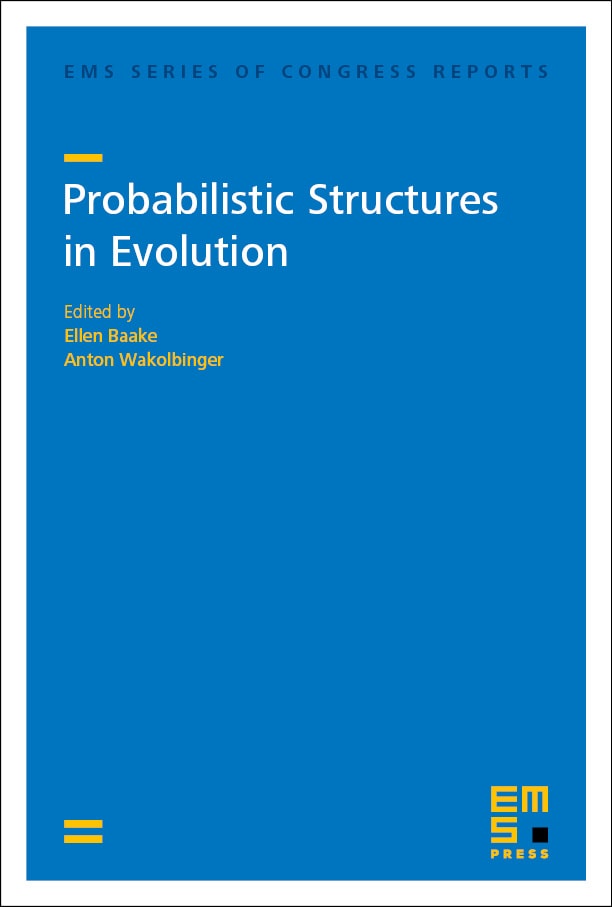Evolution of altruistic defence traits in structured populations
Martin Hutzenthaler
Universität Duisburg-Essen, GermanyDirk Metzler
Ludwig-Maximilans-Universität München, Martinsried, Germany

A subscription is required to access this book chapter.
Abstract
Defence traits against predators, as for example alarm calls, can be costly for the acting individual and beneficial for others in the same subpopulation. There is a growing literature trying to explain persistence of such altruistic defence traits. In this review we summarise recent progress on a specific individual-based Lotka–Volterra-type predator-prey model with two types (altruists and cheaters) of prey. This dynamic can also be considered as a model for host-parasite interactions, where parasites correspond to predators and hosts correspond to prey. For our analysis of persistence of altruists, we focus on the special case of uniform migration on finitely many demes. We perform two approximation steps: First we let the number of individuals tend to infinity and then we let the number of demes tend to infinity. The central observation for this McKean–Vlasov-type diffusion limit is then that the altruistic defence trait persists in the population if the cost of defence is smaller than a particular model parameter, which can be interpreted as benefit of defence.